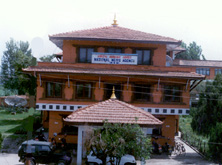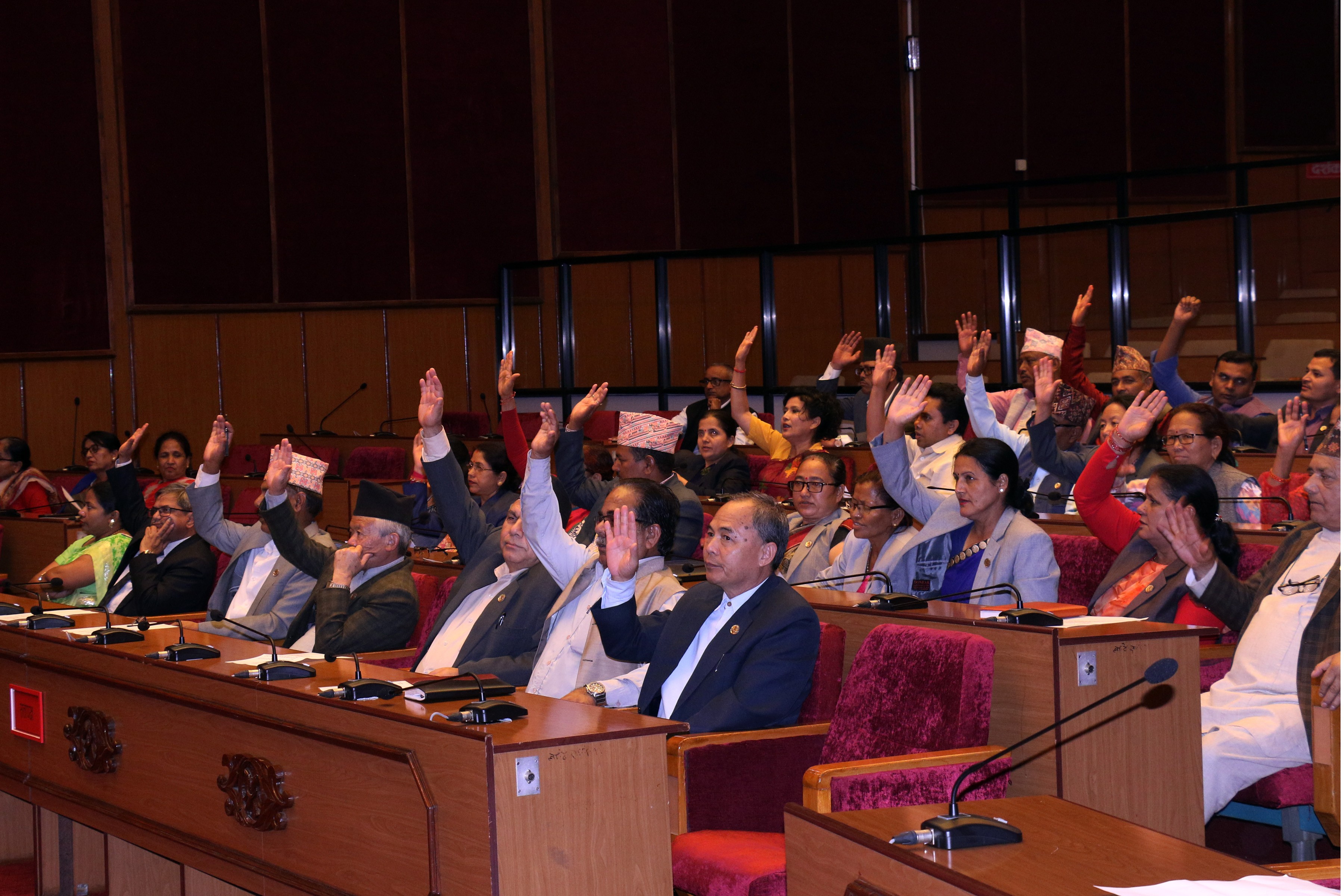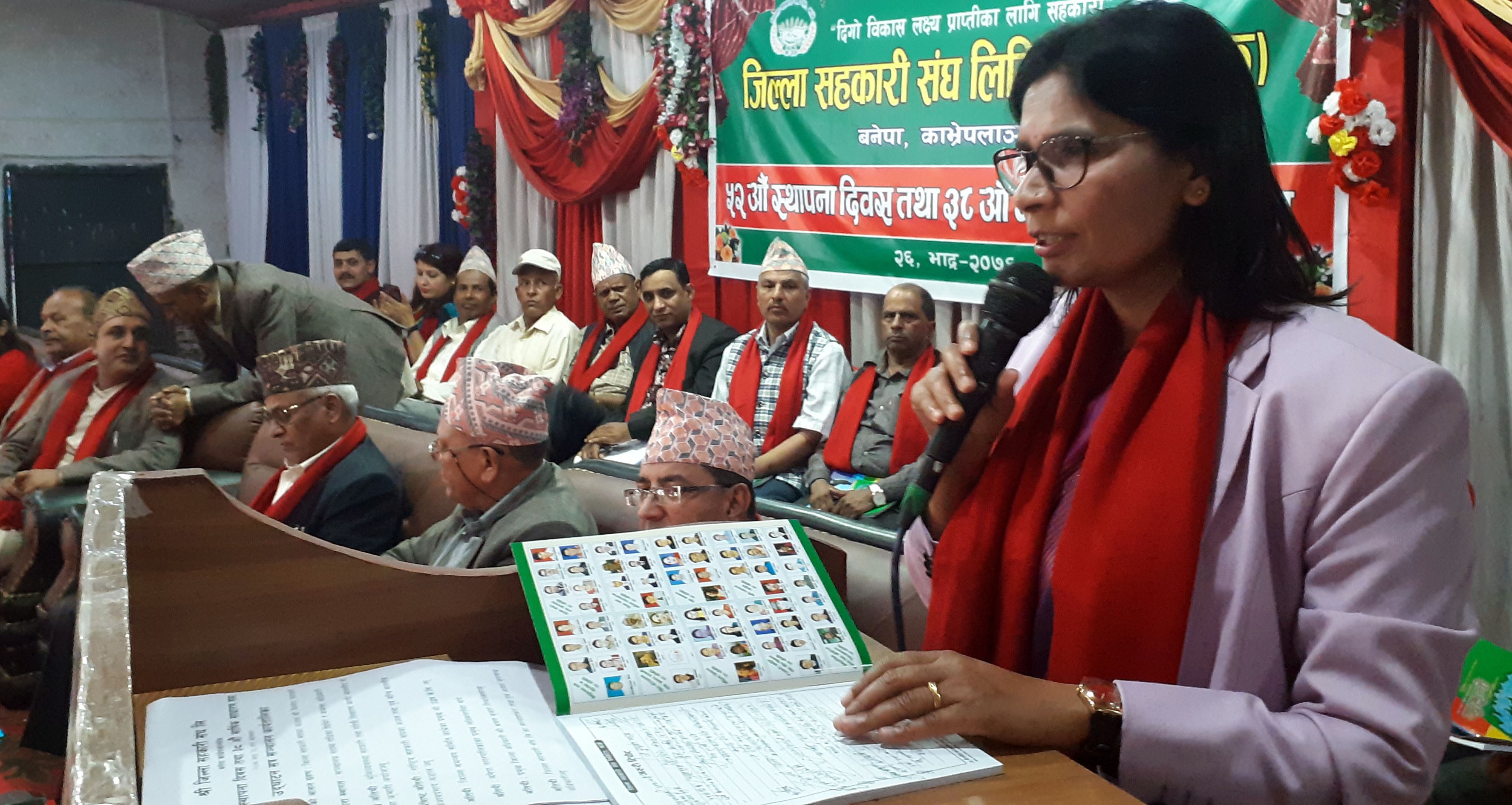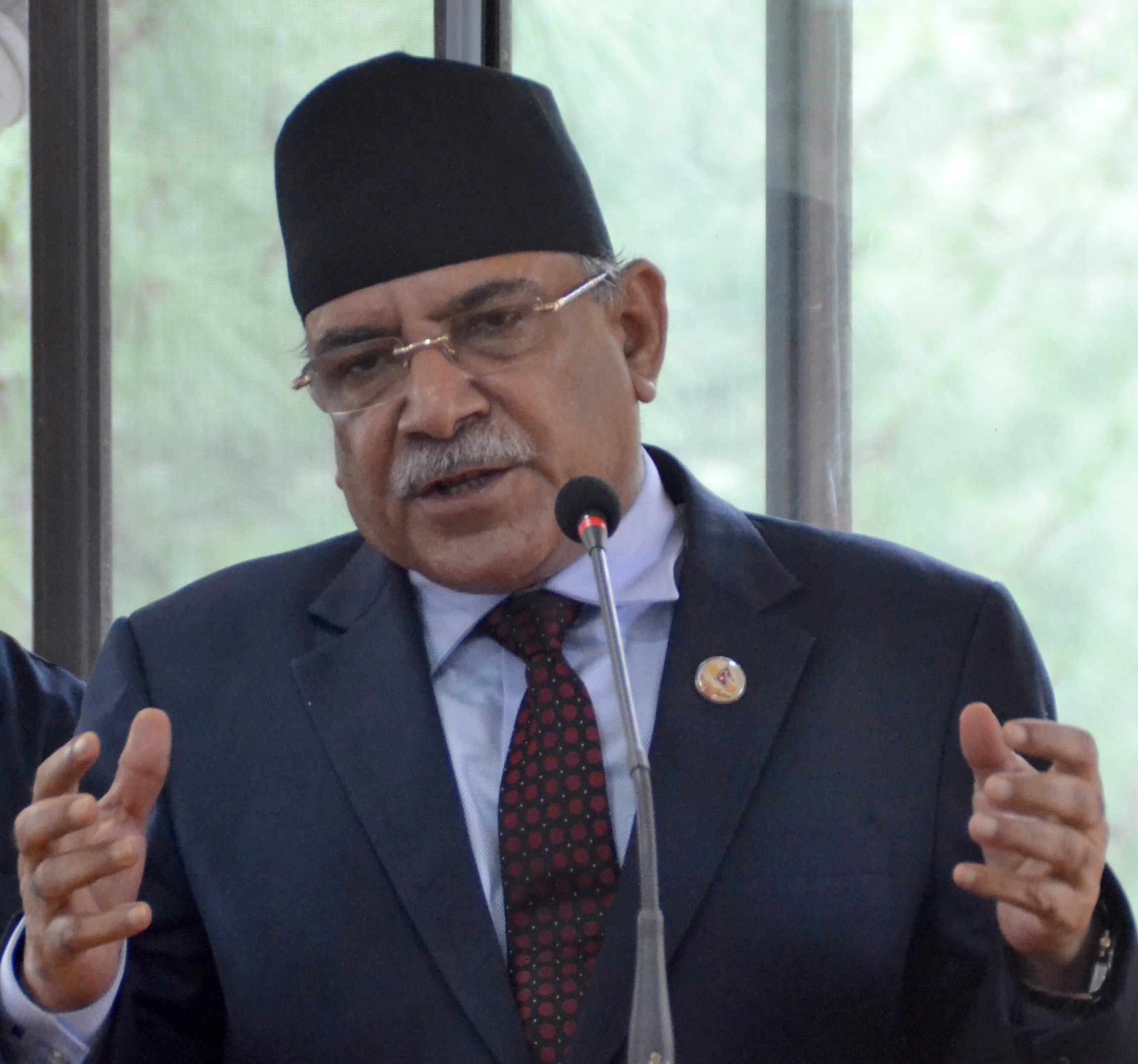Still 1.1 million children are engaged in labour in Nepal

Prakash Silwal
Kathmandu, Feb 11 : Some improvement has been witnessed in reducing child labour over the last one decade in Nepal. However, 1.1 million children are found working in brick kilns, carpet factories and entertainment business, among others.
A joint report prepared by the Central Bureau of Statistics of the National Planning Commission and International Labour Organization (ILO) states that nearly 1.1 million children are involved in child labour of which 0.2 million children are involved in its worst forms.
The statistics reveal that child labour is still significant although the overall trend is declining in Nepal (2.6 million in 1998, 1.6 million in 2008 and 1.1 million in 2018).
Agriculture is found to be the sector with highest per cent of child labour (87%) and dalit children constitute the highest (19.4%) proportion based on caste and ethnicity. The report assesses the status of child labour and it opens the door to implement the second National Master Plan (2018 – 2028) on Child Labour, recently endorsed by the Ministry of Labour, Employment and Social Security (MoLESS).
The dis-aggregated data will also be useful for planning and designing child-focused programmes and activities at provincial and local levels by the government and other development partners in Nepal.
It is stated that among seven million children (total children) between the ages of 5 and 17 in Nepal, 1.1 million children (15.3%) were found to be engaged in child labour which is a significant decline in child labour in comparison to 2008 (1.6 million).
The child labour prevalence for children between age of 5 and 13 years is 18% while it is 10% for the children between age of 14 and 17.
Similarly, female children are more likely to be engaged in child labour (17%) than that of male children (14%). Child labour is the highest in Karnali (24.6%) followed by Sudurpashchim (20.9%),Province 1 (17.6%), Gandaki (16.1%), Lumbini (15.8%), Province 2 (11.5%), and the lowestin Bagmati (8.9%). The child labour prevalence is higher in rural areas (20.4%) than that of urban areas (12.1%).
The report found that among the total children engaged in child labour, about 87% are engaged in the agriculture sector while 13% are in other sectors. The highest child labour prevalence is found among Dalit (19.4%), followed by Janajati (18.1%), Brahmin/Chhetri (14.5%), Terai caste (12.7%), Muslim and other caste categories (12.8%) and the lowest is among Newar (9.9%).
Likewise, the sectors with the highest child labour were found in ‘own-use production’ (13.2%) followed by elementary occupation (1.3%), service and sales worker (1.2%), skilled/semi-skilled agriculture occupation (1%), crafts and trade workers (0.5%), and plant andmachine operators (0.1%).
Child labour figure amounts to 14.1% for children attending school while it is 25.1% for children not attending school. Children working as child labourers earned NPR 3116 per week which is Nepali Rupees (NPR) 959 more than that of the working children not in child labour (NPR 2157).
Among occupations, children engaged in the elementary occupation earned higher average weekly wages (NPR 3379) followed by craft and trade workers (NPR 2980), plant and machine operators (NPR 2527, skilled/semi-skilled workers in agriculture (NPR 2377) and service and sales workers (NPR 2078).
Children engaged in child labour worked an average of 15 hours per week while working children not in child labour worked for 10 hours per week. The maximum hours per week for children engaged in child labour is more than double (96 hrs) of those not involved as child labour (36 hrs).
About 0.2 million (3.2%) children are found to engage in hazardous work which is a significant decline in comparison to 2008 (0.62 million). More males (3.7%) are engaged in such work in comparison to females (2.6%).
The highest number of children working in the hazardous sector is from Lumbini (4%) followed by Province 1 (3.9%), Province 2 (3.4%), Gandaki (3.1%), Bagmati (3.1%), Karnali (1.9%), and Sudurpashchim (1.4%).
There is a higher prevalence of children from urban areas (3.3%) compared to rural areas (2.9%) in the hazardous sector.
Recent News

Do not make expressions casting dout on election: EC
14 Apr, 2022
CM Bhatta says may New Year 2079 BS inspire positive thinking
14 Apr, 2022
Three new cases, 44 recoveries in 24 hours
14 Apr, 2022
689 climbers of 84 teams so far acquire permits for climbing various peaks this spring season
14 Apr, 2022
How the rising cost of living crisis is impacting Nepal
14 Apr, 2022
US military confirms an interstellar meteor collided with Earth
14 Apr, 2022
Valneva Covid vaccine approved for use in UK
14 Apr, 2022
Chair Prachanda highlights need of unity among Maoist, Communist forces
14 Apr, 2022
Ranbir Kapoor and Alia Bhatt: Bollywood toasts star couple on wedding
14 Apr, 2022
President Bhandari confers decorations (Photo Feature)
14 Apr, 2022











